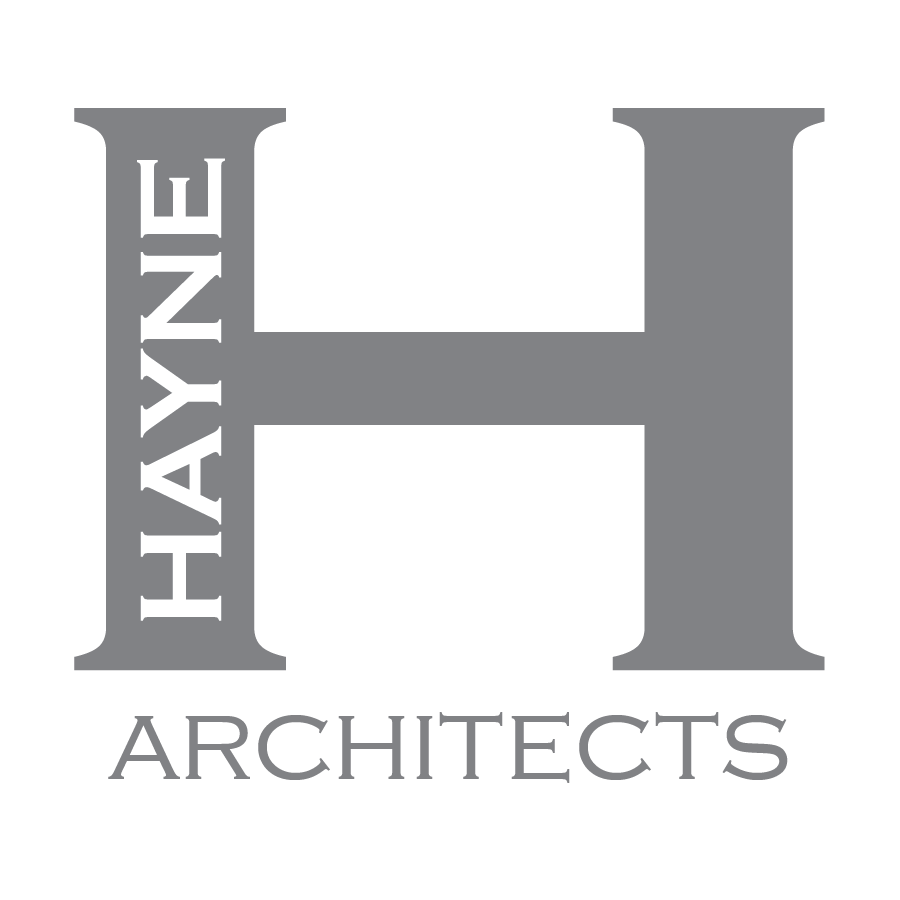
27 Mar Understanding Scope Creep in Architectural Projects: How to Avoid Budget Overruns
When embarking on a home remodel or new construction project, most clients have a vision in mind—whether it’s an open-concept kitchen, a spa-like bathroom, or an addition to accommodate a growing family. However, as the design process unfolds and construction gets underway, it’s common for that initial vision to expand, leading to a phenomenon known as scope creep.

What is Scope Creep?
Scope creep is the gradual expansion of a project’s goals beyond its original scope. In architectural projects, this can happen in two key phases:
During Design:
A homeowner initially plans for a modest kitchen remodel but then decides to remove walls, upgrade all appliances, and add a custom pantry, significantly increasing the project’s complexity and cost.
During Construction:
Unforeseen conditions, new ideas, or product substitutions arise that require additional work. Perhaps a client decides mid-project to add a second-story deck while contractors are already on-site, adding time and cost to the build.
While scope creep isn’t always a negative—some changes genuinely improve the project—it can lead to cost overruns, timeline delays, and decision fatigue if not properly managed.

Common Causes of Scope Creep
Unclear Budget Expectations
Clients often start with a general idea of their budget but haven’t allocated for contingencies or underestimated material and labor costs.
Evolving Design Preferences
A client may fall in love with high-end finishes or additional design features that weren’t included in the original plan.
Unforeseen Conditions
Issues like outdated wiring, structural concerns, or site constraints can arise once demolition begins.
Last-Minute Decisions
Changes requested late in the process can be costly, especially if they require rework or reordering materials.
Lack of Defined Project Phases
Sometimes, what seems like an essential addition could be better suited as a future phase rather than included in the current project.

How to Combat Scope Creep
Set Clear Budget Expectations Early
Work with your architect to establish a realistic budget that includes a contingency for unexpected costs. Define your “must-haves” versus “nice-to-haves” so you can prioritize decisions without losing sight of financial constraints.
Establish a Detailed Scope of Work
A well-defined scope ensures that both the client and architect are aligned on the project deliverables from the start. This should be clearly documented in the contract, including design fees, materials, and construction costs.
Follow a Structured Design Process
Architects guide clients through a phased approach—schematic design, design development, and construction documentation. Making major changes after construction documents are finalized can lead to unnecessary delays and extra costs.
Plan for Phased Construction If Necessary
If budget constraints arise but certain elements are important, consider designing the project with future phases in mind. For example, you may build an addition now but leave space for a future deck or pool, ensuring seamless integration when the time comes.
Work Closely with Your Architect During Construction
Once construction begins, regular communication with your architect and contractor can help catch potential issues early, minimizing costly changes down the line.
When is Scope Creep Beneficial?
Addressing Necessary Code Compliance – If an older home requires electrical or structural upgrades, it’s better to tackle them upfront rather than as a separate project later.
Enhancing Long-Term Value – Some changes, like improving energy efficiency or maximizing natural light, can significantly increase the home’s value and function.
Taking Advantage of Economies of Scale – If a project requires heavy construction, such as foundation work, it may make sense to complete related tasks simultaneously rather than incurring mobilization costs twice.
When Should Scope Creep Be Avoided?
If it Exceeds Budget Without a Clear ROI – Adding luxury finishes or expanding square footage may not always align with a client’s long-term financial goals.
If It Delays the Project Timeline Significantly – Some changes may push move-in dates beyond an acceptable timeframe.
If It Creates Decision Fatigue – Too many changes can overwhelm clients, leading to frustration and delays.
Conclusion
Scope creep is a common challenge in architectural projects, but with proactive planning, clear communication, and a structured approach to design and construction, it can be managed effectively. By working closely with your architect, setting clear expectations, and defining priorities, you can ensure that your project stays on track while still allowing for thoughtful, beneficial changes when needed.
Are you planning a remodel or new construction? Let’s discuss how we can help keep your project aligned with your vision and budget from day one!
Discover more from Hayne Architects
Subscribe to get the latest posts sent to your email.

